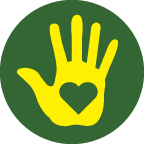 Motor Activities
Motor Activities
Motor skills are actions that involve the movement of muscles in the body. They are divided into three groups:
1. gross motor skills, which are the larger movements of arms, legs, feet, or the entire body (crawling, running, and jumping)
2. fine motor skills, which are smaller actions, such as grasping an object between the thumb and a finger (pencils or scissors)
3. sensorimotor skills which use the five senses to guide physical motions as in eye-hand coordination.
-

- Activity Title
- ?
Topic or Theme
Identifying letters in a child's name and listen to ABC (The Alphabet Song)

-
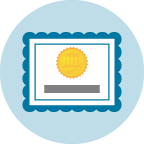

First Name
Brief description of activity or summary of tasks and/or materials used.
-

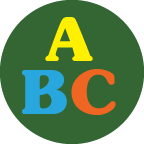
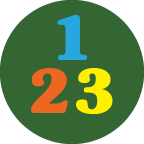


-
- Art
- 18
Painting
Listening to song "Race: The Final Starlight Express" and painting
-
Painting
Listening to song "Race: The Final Starlight Express" and painting
-
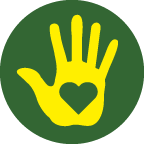
-
- Art
- 19
Making a Stop Sign
Measuring and cutting to make octagon
-
Making a Stop Sign
Measuring and cutting to make octagon
-
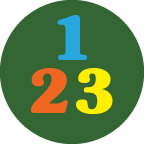


-
- Colors
- 09
Brown
Painting with potatoes
-
Brown
Painting with potatoes
-
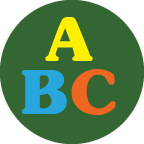



-
- Physical Activity
- 20
Simon Says (Gross Motor)
Play game "Simon Says" to reinforce word stop
-
Simon Says (Gross Motor)
Play game "Simon Says" to reinforce word stop
-



-
- Physical Activity
- 21
"One Hammer" Fingerplay (Fine Motor)
Using a fingerplay for active play
-

"One Hammer" Fingerplay (Fine Motor)
Using a fingerplay for active play
-



-
- Senses
- 11
Sight
Singing and acting out finger play "There Was A Little Turtle"
-
Sight
Singing and acting out finger play "There Was A Little Turtle"
-




-
- Character Traits
- 12
Friendliness
Read book " Old Henry" and make a "Friendship Branch"
-
Friendliness
Read book " Old Henry" and make a "Friendship Branch"
-



-
- Character Traits
- 13
Friendliness
Continuing the "Friendship Branch" from Activity 12
-
Friendliness
Continuing the "Friendship Branch" from Activity 12
-




Activity Skills Focus
1 Social / Emotional Skills
Skills that develop children’s ability to understand the emotions of others and help children recognize and use appropriate social behaviors (for example, making friends). In the Department of Education report “Guiding Principles A Resource Guide for Improving School Climate of January 2014 it states “strategies such as social-emotional learning programs that address non-cognitive skills, including problem-solving, responsibility and resiliency, can also help students develop the skills needed to fully engage and thrive in the learning environment.”
2 Language Skills
Skills that help children understand and communicate during early childhood. The alphabetic principle (knowing letter names and sound-letter matches) aids in language development and is enriched by verbal interactions with other children and adults (reading aloud and engaging in conversation).
View all Language Skills Activities
3 Math / Science Skills
Math and Science skills help children with problem-solving and reasoning. Exploring numbers, patterns, and measurements by using math manipulatives (beads, counters, pennies) are all ways children develop their math skills. Asking questions about their surroundings, learning a science vocabulary (predict, observe), and having hands-on experiences with their environment can help develop their science skills.
4 Motor Skills
Motor skills are actions that involve the movement of muscles in the body. They are divided into three groups:
1. gross motor skills, which are the larger movements of arms, legs, feet, or the entire body (crawling, running, and jumping)
2. fine motor skills, which are smaller actions, such as grasping an object between the thumb and a finger (pencils or scissors)
3. sensorimotor skills which use the five senses to guide physical motions as in eye-hand coordination.
View all Motor Skills Activities
5 Problem Solving Skills
Skills that help with the construction of thought processes, including memory, problem-solving, and decision-making.
